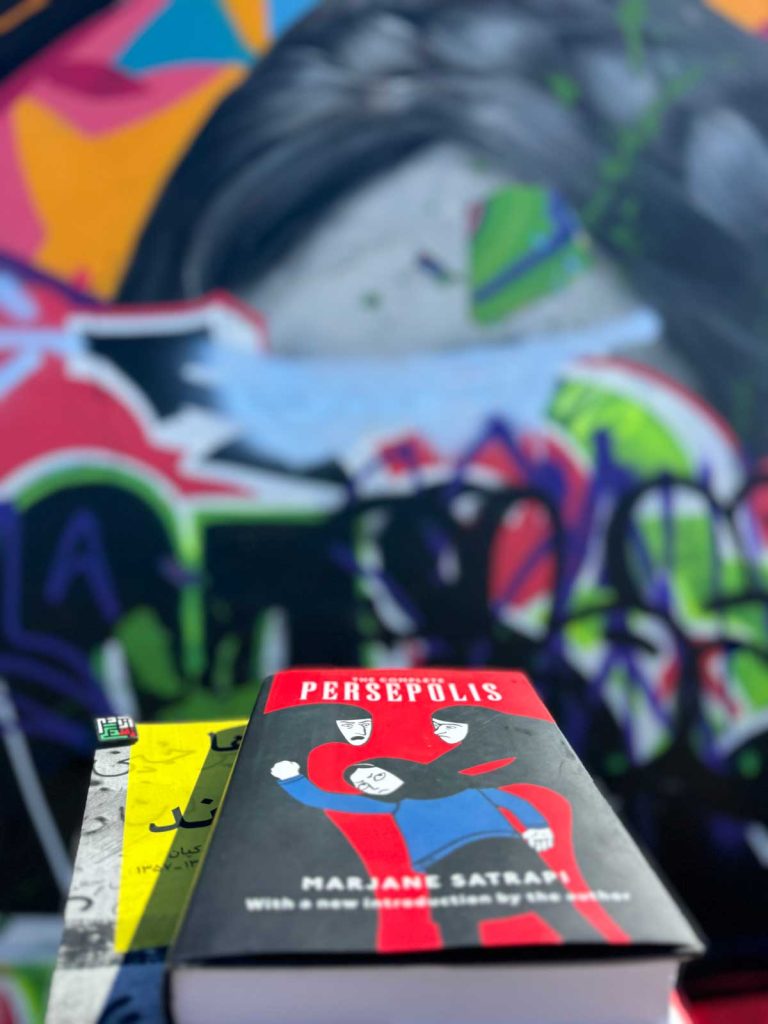Submission 2024
| Submitted by: | Amirhossein Fazlolah Firuzkohi |
| Department: | Modern Languages and Cultural Studies |
| Faculty: | Arts |
As I was walking through downtown Edmonton to visit Boyle Legal Street Art Mural, a voice kept asking ‘why does graffiti thrive in certain parts of the urban landscape and not so often in other areas?’ While searching for Mahsa Amini’s mural, I realized it is not a question of ‘where’, but rather ‘who’. Graffiti, which includes a broad range of semiotic activities, can be a resource for the deinstitutionalized to challenge the hegemonic power structures of dominant groups. Therefore, geographic space serves as a multimodal means of self-expression, allowing the marginalized to be seen and heard. The mysterious death of Mahsa at the hands of the ‘morality police’, which marked the onset of mass protests in Iran, ignited my interest in a diachronic study of political graffiti in the semiotic landscape of Iran. Through the lens of social semiotics, I look at the discursive trajectory of graffiti and how it might be indicative of a change in the political ideology of Iranians over 43 years. This image shows a symbolic representation of political activism, revolution, and social movement within the context of my country of origin and my positionality as a researcher in the diaspora.
Was your image created using Generative AI?
No.
How was your image created?
I went to Boyle Legal Street Art Mural in downtown Edmonton to create this image with the intention of showing a symbolic representation of revolution, political activism, and social movement in the context of Iran. I had with me a picture book, a graphic novel, and a badge, which were my subjects. The picture book about the graffiti produced during the 1979 revolution stands for the events that led to the victory of the revolutionaries while the ‘Persepolis’ graphic novel narrates the sociopolitical repercussions that followed the revolution. The Woman, Life, Freedom badge on the upper-left side of the book signifies the 2022 social movement that turned a new chapter in the sociopolitical history of Iran. The badge directly relates to the mural of Mahsa (Jina) Amini in the background, whose tragic and unjust death triggered street protests. The vertical configuration of the books with the mural in the background was intentional to show how one thing can lead to another. Moreover, combining Written texts (i.e., the novel) and images (i.e., picture book, the badge, and the mural) shows how different modes of communication can complement one another to create a multimodal narrative.

